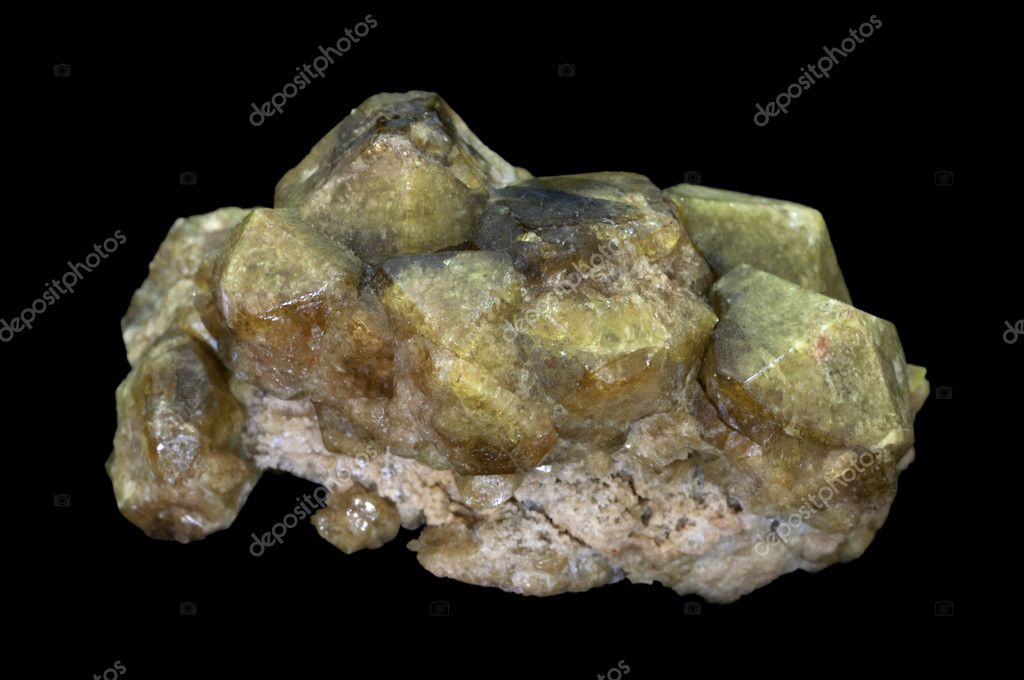Vesuvianite idocrase mineral stone — Photo
L
2000 × 1328JPG6.67 × 4.43" • 300 dpiStandard License
XL
4288 × 2848JPG14.29 × 9.49" • 300 dpiStandard License
super
8576 × 5696JPG28.59 × 18.99" • 300 dpiStandard License
EL
4288 × 2848JPG14.29 × 9.49" • 300 dpiExtended License
Vesuvianite, also known as idocrase, is a green, brown, yellow, or blue silicate mineral. Vesuvianite occurs as tetragonal crystals in skarn deposits and limest
— Photo by paulrommer- Authorpaulrommer

- 4895709
- Find Similar Images
- 4.6
Stock Image Keywords:
Same Series:
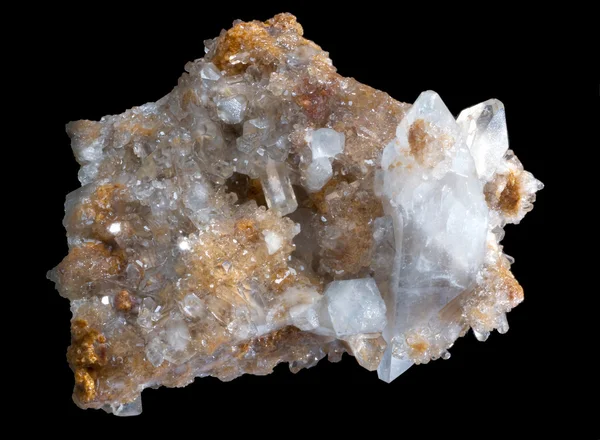
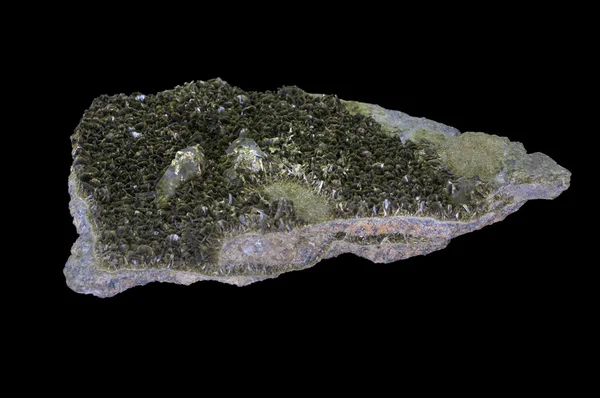
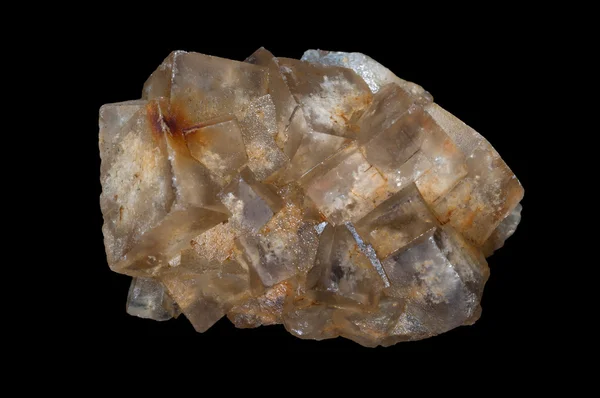
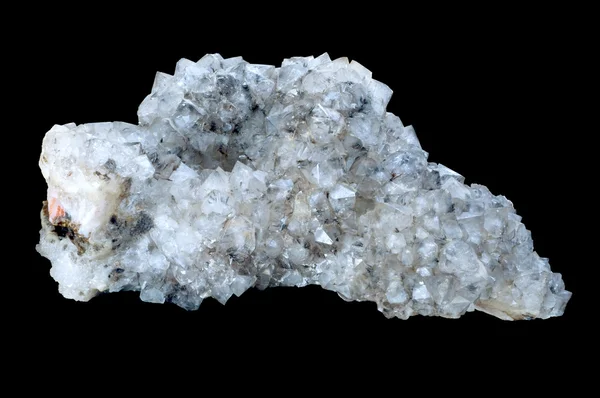
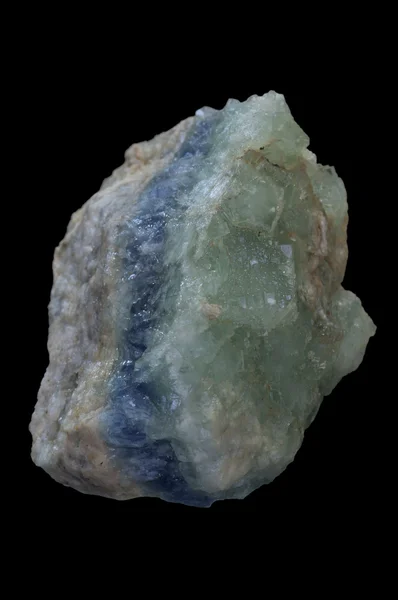
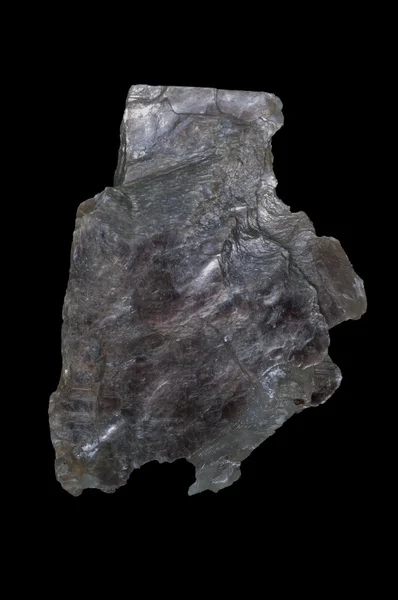
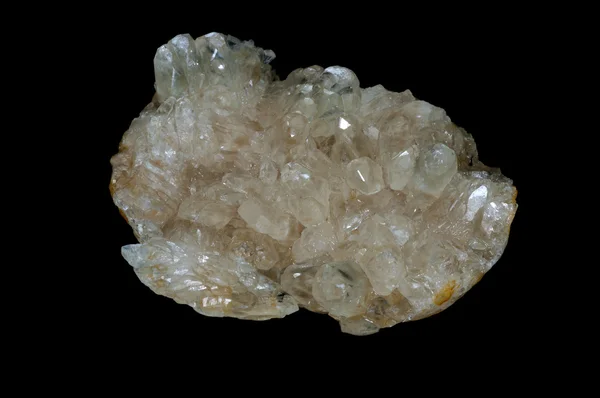
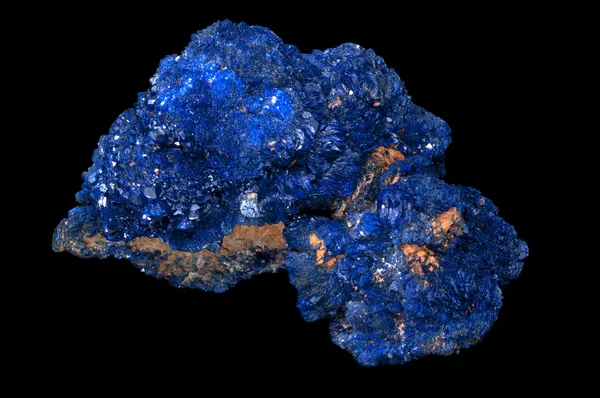
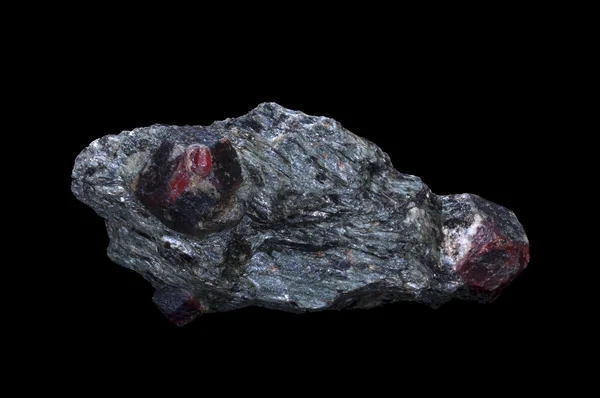
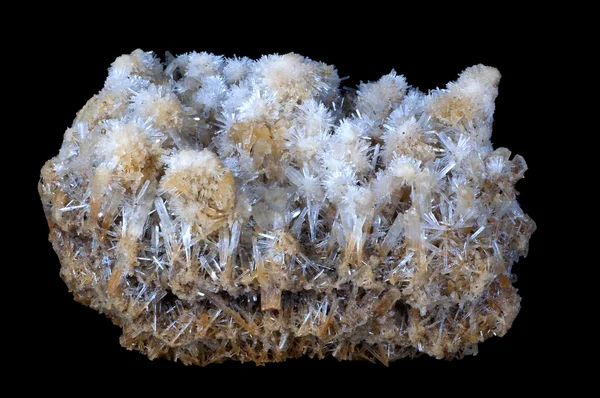
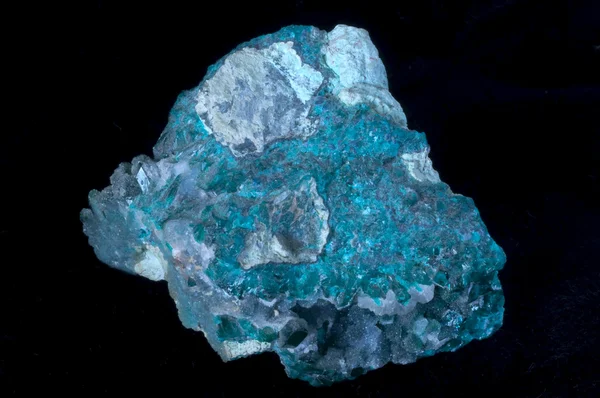
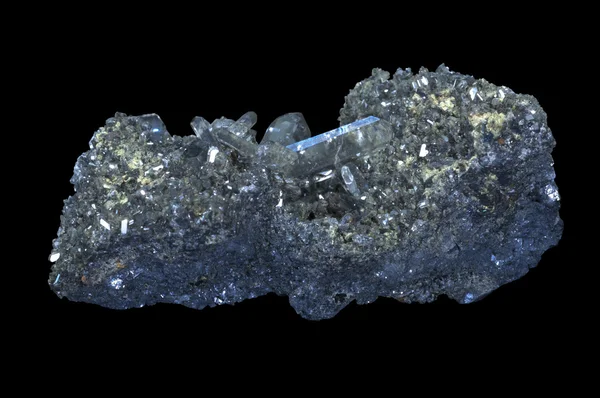
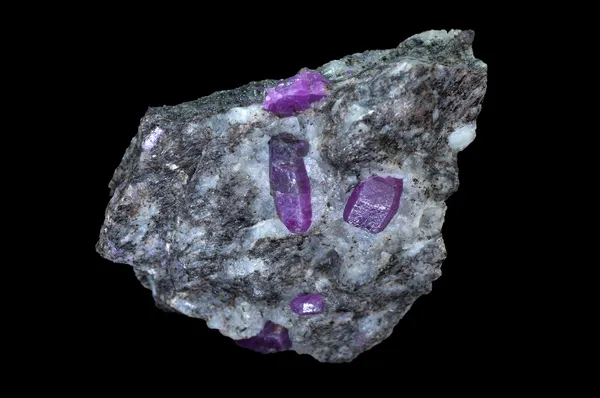
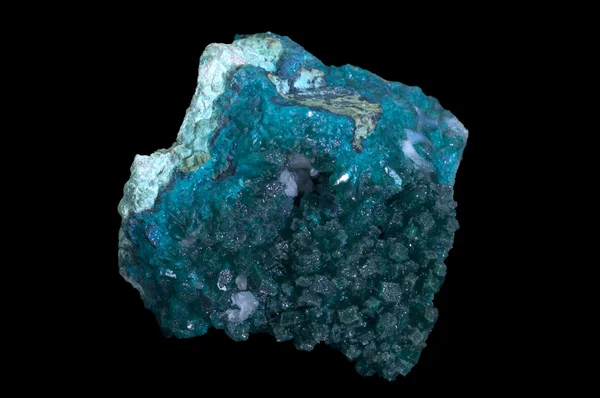
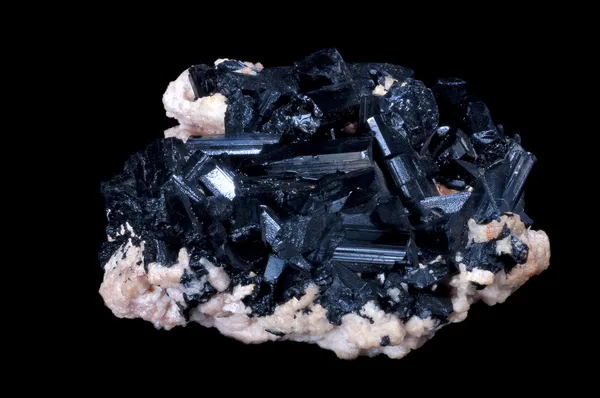
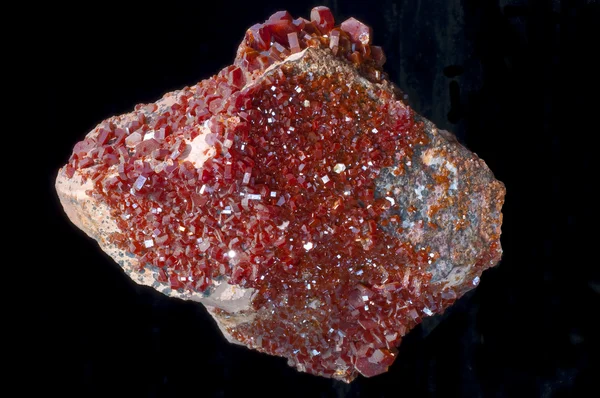
Usage Information
You can use this royalty-free photo "Vesuvianite idocrase mineral stone" for personal and commercial purposes according to the Standard or Extended License. The Standard License covers most use cases, including advertising, UI designs, and product packaging, and allows up to 500,000 print copies. The Extended License permits all use cases under the Standard License with unlimited print rights and allows you to use the downloaded stock images for merchandise, product resale, or free distribution.
You can buy this stock photo and download it in high resolution up to 4288x2848. Upload Date: Feb 8, 2011
